With electric vehicle (EV) adoption surging in Vancouver—15% of new vehicle registrations in 2024—residents of multi-unit residential buildings (MURBs) like condominiums, apartments, and townhomes face unique challenges in installing EV chargers. In Climate Zone 5’s wet, urban environment (1200 mm annual rainfall, 85–95% relative humidity), proper installation ensures safety, compliance with the B.C. Electrical Code, and alignment with Vancouver’s CleanBC Roadmap to 2030, targeting net-zero emissions by 2050. Simon Green Works applies building science principles to guide MURB residents and strata councils through this complex process, using industry-leading equipment. This article outlines the installation steps, addresses challenges, incorporates manufacturer-specific solutions, and highlights Vancouver-specific considerations, empowering you to electrify your building sustainably and efficiently.
Value of EV Chargers in MURBs
Installing EV chargers in MURBs enhances resident convenience, boosts property value, and supports Vancouver’s sustainability goals. With 80% of EV owners charging at home, chargers are essential for urban residents, increasing tenant retention by 20% in eco-conscious markets. Property value rises by 3–5%, adding $150,000–$250,000 to a $5 million building, per CMHC data. Shared chargers generate revenue through user fees ($0.25–$0.50/kWh), offsetting costs. EVs charged with B.C.’s renewable energy produce 90% fewer emissions than gas vehicles, aligning with the Greenest City Action Plan. CleanBC Go Electric rebates cover up to 50% of costs ($350–$2,500 per charger), making installations financially viable. However, coordination among residents, strata councils, and electricians is critical to navigate electrical capacity, bylaws, and cost allocation.
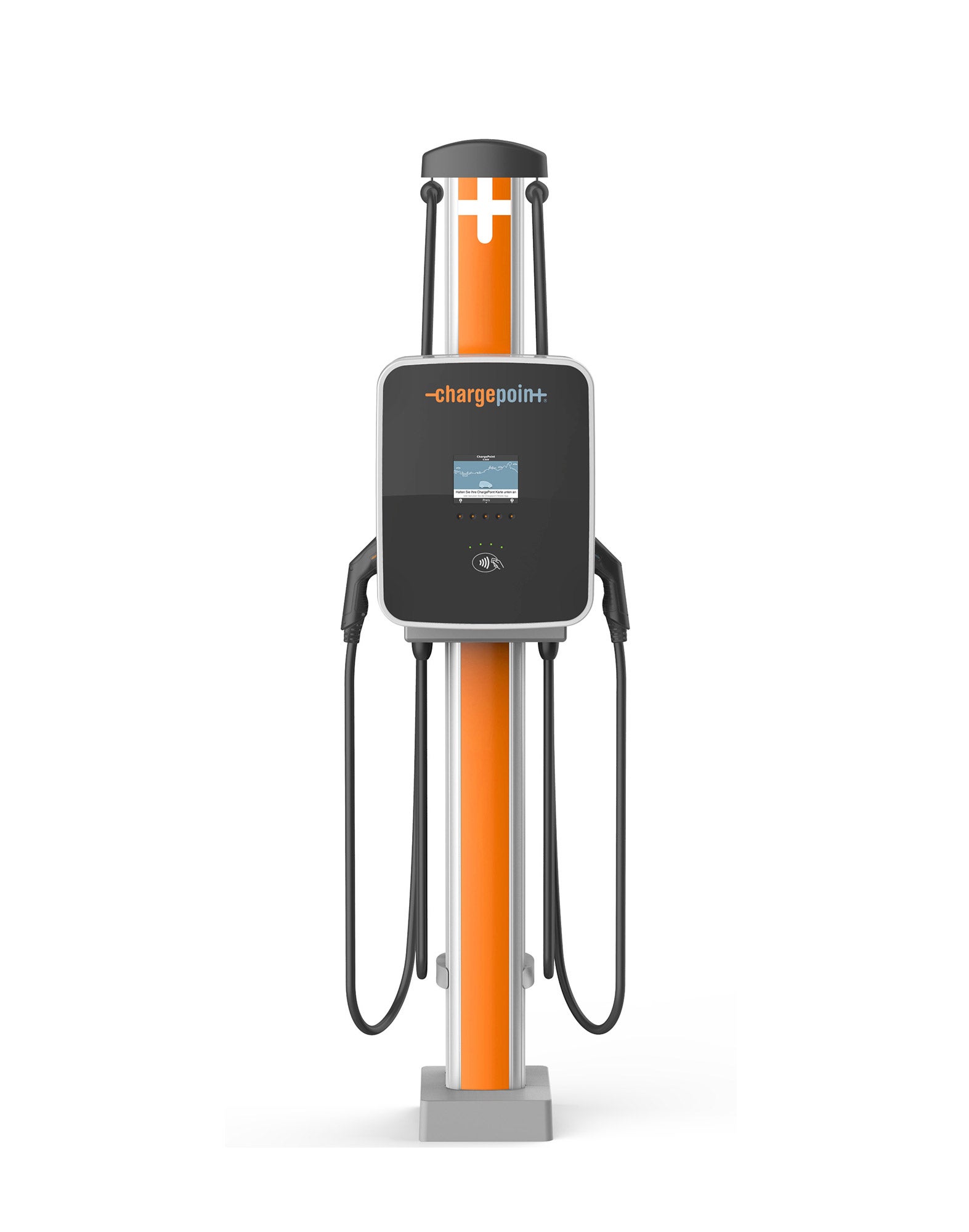
Installation Process for EV Chargers
Simon Green Works follows a comprehensive, building science-driven process to ensure safe, compliant, and efficient EV charger installations:
-
Securing Strata Approval: Bill 22 (2023) of the Strata Property Act simplifies approval, requiring only a majority vote for EV charger installations. We draft detailed proposals specifying charger types—Level 1 (120V, 12–20 hours) or Level 2 (240V, 6–14 hours)—and benefits like rebates and value increases. Proposals highlight products like ChargePoint CP4100 chargers (ChargePoint CP4100), known for reliability and smart features.
-
Engaging a Certified Electrician: Our licensed electricians, trained in the Electric Vehicle Infrastructure Training Program, assess electrical capacity and secure permits. We use Fluke 87V multimeters (Fluke 87V) to verify wiring integrity, mitigating risks like arcing, which causes 10% of electrical fires.
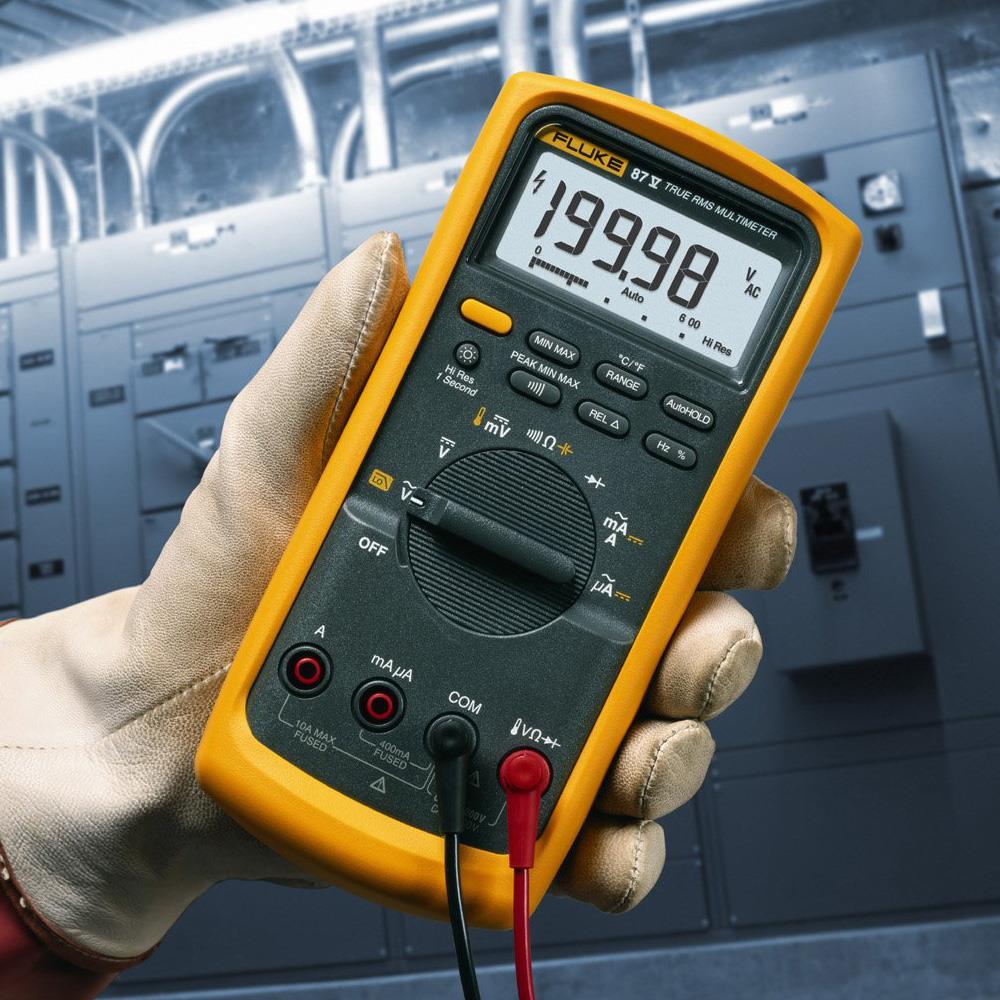
- Selecting an Optimal Location: We choose accessible parking stalls near existing electrical panels to minimize wiring costs ($500–$2,000 savings). Outdoor chargers use weatherproof Hubbell Bell covers (Hubbell Bell Covers) to withstand Vancouver’s rainfall, ensuring durability.
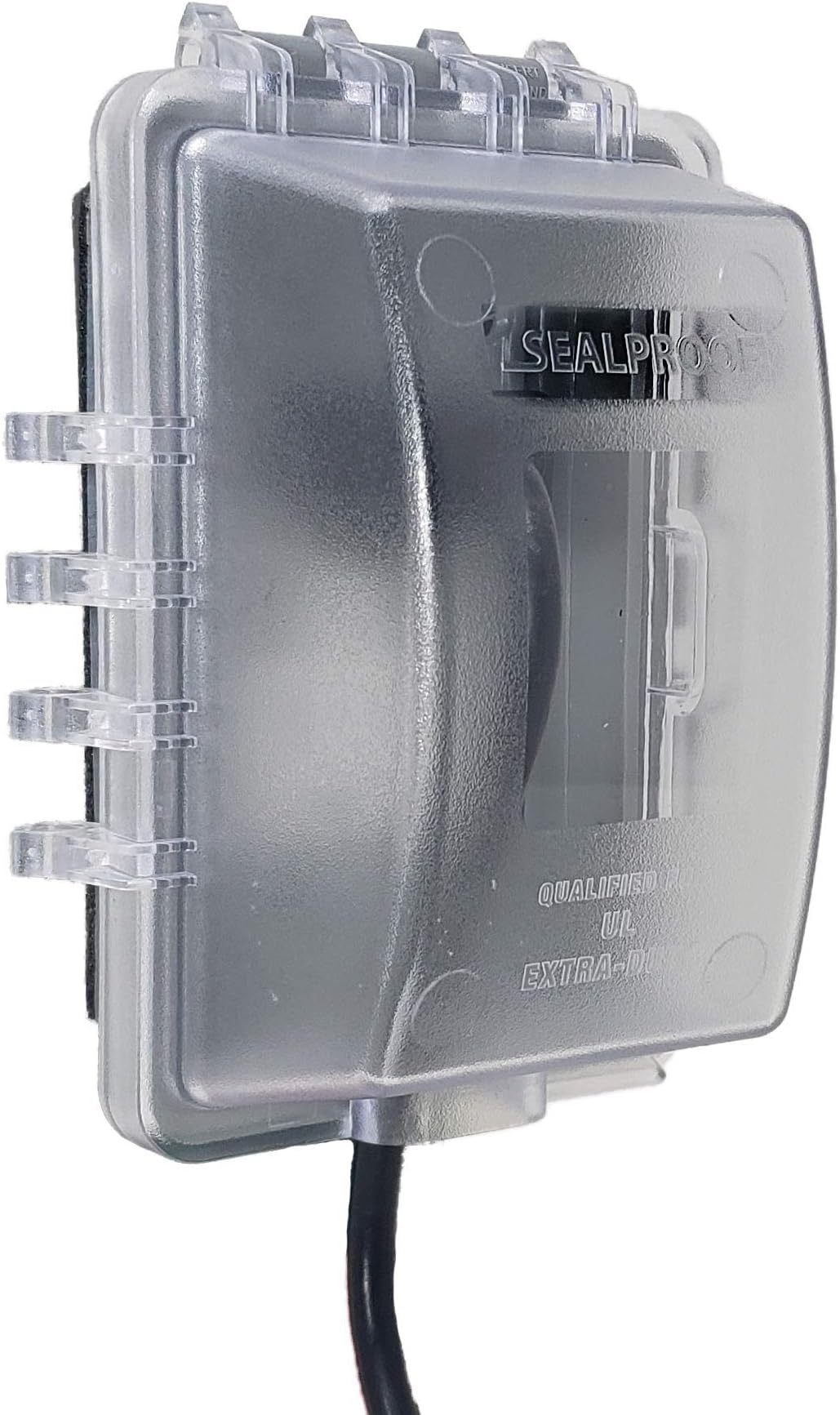
-
Assessing Electrical Capacity: We analyze 12 months of meter data to confirm the building’s electrical system can support charging, using Flo Smart chargers (Flo Smart Chargers) with load management systems to avoid costly panel upgrades ($10,000–$20,000). Load balancing reduces peak demand by 30%, per BC Hydro.
-
Updating Building Bylaws: We collaborate with strata lawyers to update bylaws, addressing user access, cost allocation (e.g., metered billing), and maintenance responsibilities, ensuring compliance with the Strata Property Act.
-
Choosing Rebate-Eligible Chargers: We select Level 2 networked chargers, like ChargePoint CP4100 or Flo Smart, with smart features for remote monitoring and off-peak scheduling, meeting CleanBC eligibility for maximum rebates.
-
Obtaining Rebate Pre-Approval: We apply for CleanBC Go Electric rebates before installation, securing $350–$2,500 per charger. Indigenous communities access enhanced rebates, up to $3,500.
-
Executing the Installation: Electricians mount chargers on walls or pedestals, connect outdoor-rated wiring to Siemens EQ panels (Siemens EQ Panels), and ensure proper grounding. Permits from Technical Safety BC ($100–$300) are obtained, with inspections within 180 days.
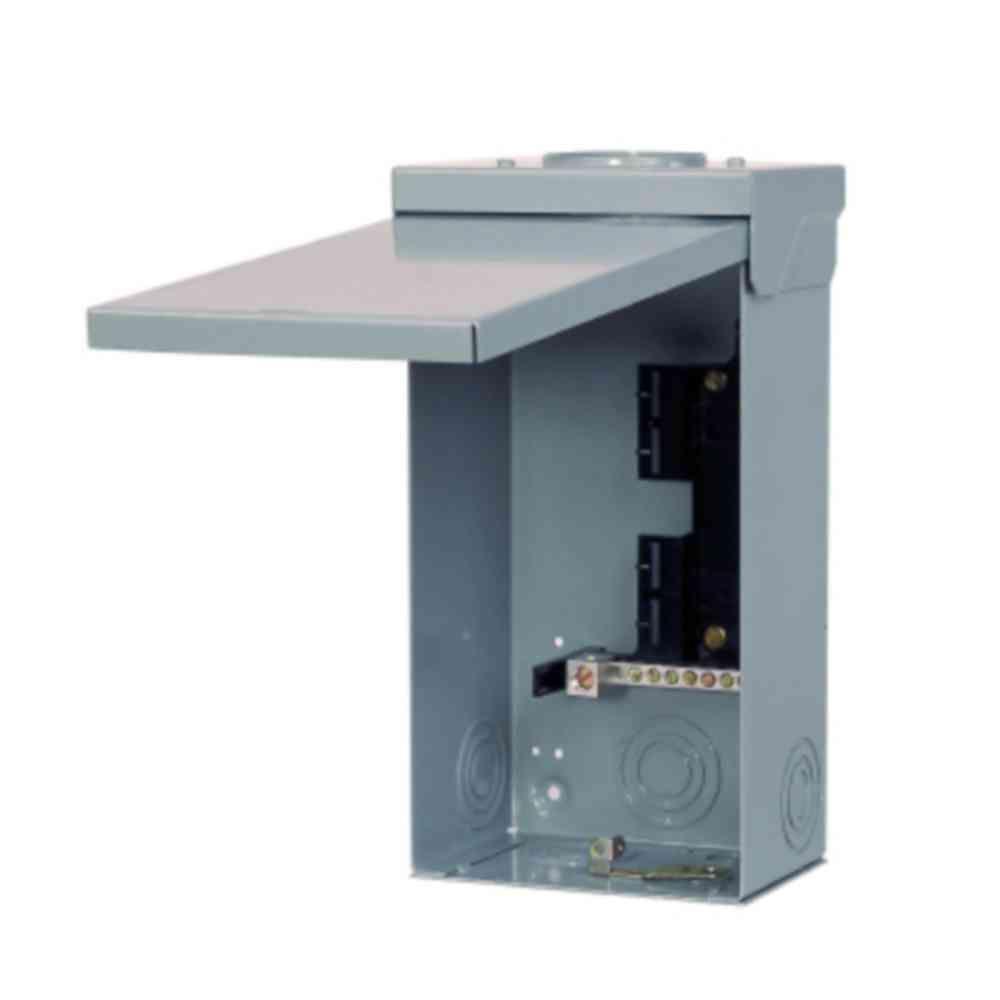
-
Testing and Training Residents: We test chargers for functionality, EV communication, and safety compliance, using Fluke testers. Residents are trained on mobile apps for scheduling, ensuring ease of use. Local inspectors verify B.C. Electrical Code adherence.
-
Applying for Rebates: We submit receipts, permits, and contractor forms to secure rebates, streamlining financial benefits within 60 days.
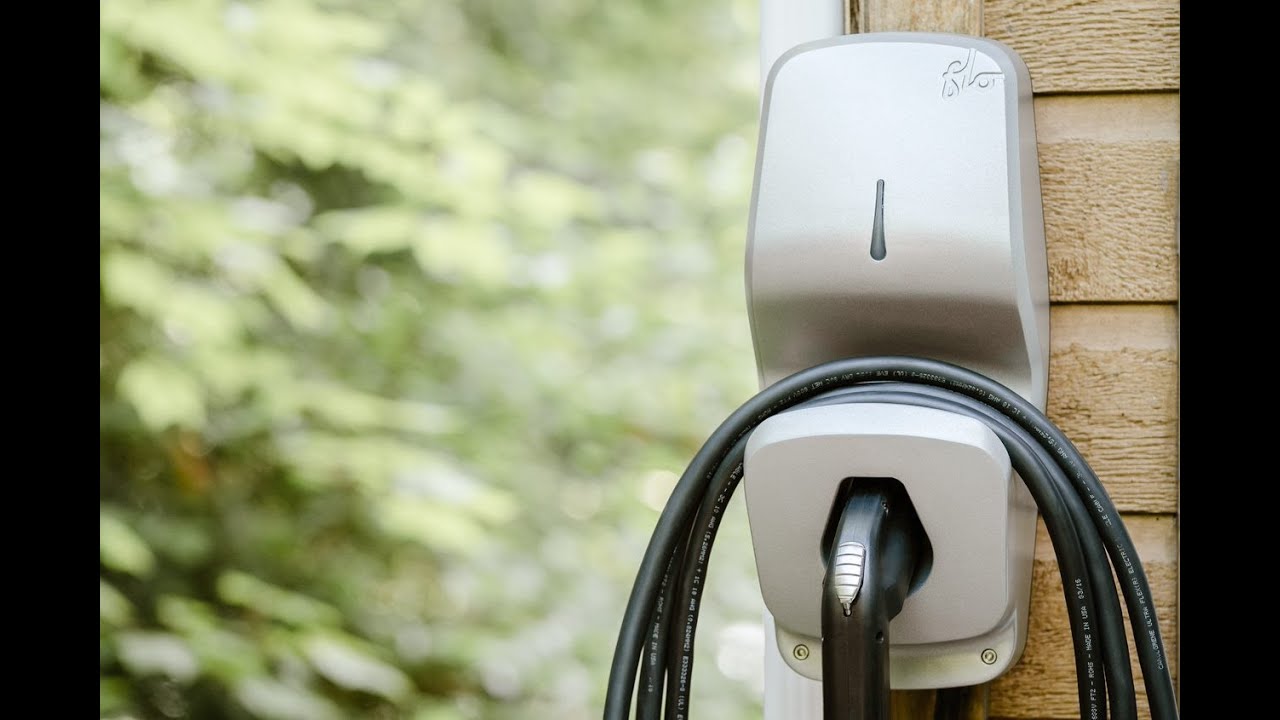
Addressing Common Challenges
Older MURBs (40% pre-1990) often lack electrical capacity, necessitating phased installations or load management systems to avoid $10,000–$20,000 upgrades. Cost allocation disputes are resolved with metered billing or flat fees, outlined in strata agreements, ensuring fairness. Strata resistance, cited in 25% of projects, is countered by highlighting rebates and property value increases. Safety risks, such as arcing from improper wiring, are mitigated by licensed electricians and inspections, preventing 10% of electrical failures. Our approach ensures robust, compliant installations tailored to MURB complexities.
Vancouver-Specific Considerations
Vancouver’s humid climate demands weatherproof chargers, with Hubbell Bell covers protecting against corrosion in 1200 mm rainfall. Compliance with the B.C. Electrical Code is mandatory, with fines up to $5,000 for non-compliance. Seismic codes (0.46g acceleration) require secure mounting, using Eaton seismic kits (Eaton Seismic Kits). Limited parking in urban MURBs necessitates efficient layouts, with shared stalls optimizing access. Asbestos in pre-1990 buildings requires safe handling, costing $2,000–$5,000. CleanBC Go Electric rebates and density bonuses ($100,000–$500,000) support installations, aligning with Vancouver’s Greenest City Action Plan. Our designs leverage five hours of free EV Advisor support to streamline planning.
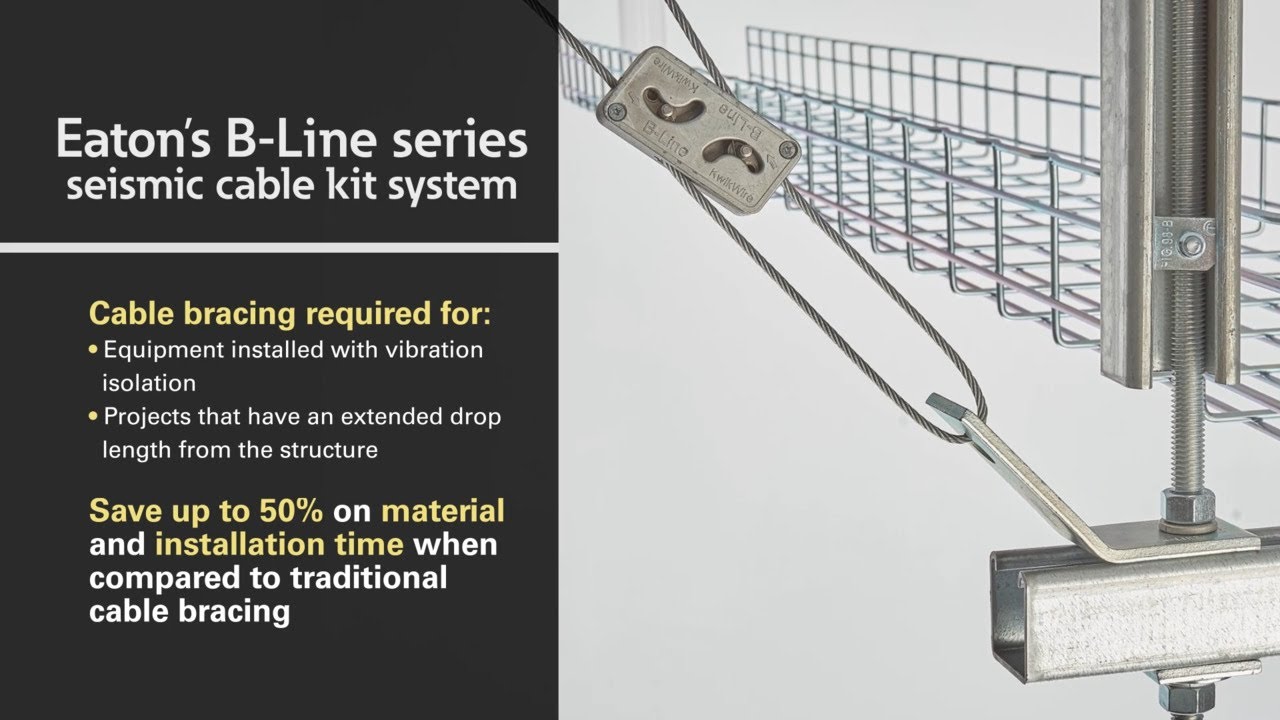
Why Choose Simon Green Works?
Simon Green Works partners with certified electricians to deliver EV charger installations for MURBs, grounded in building science and tailored to Vancouver’s climate and regulations. Our expertise ensures safe, compliant, and sustainable solutions that enhance property value and resident satisfaction. Ready to electrify your building? Contact us for a tailored consultation.
Sources
This article draws on insights from “How to Install an EV Charger at a Multi-Unit Residential Building” from BC Hydro (BC Hydro), “Electric Vehicle Charging” from FortisBC (FortisBC), “Electric Vehicle Charging – Charger Installation” from Natural Resources Canada (NRCan), “EV Charger Installation – What to Expect” from Premium Electric (Premium Electric), and “Here’s What You Need to Know to Safely Install a Home EV Charger” from Vancouver Sun (Vancouver Sun).